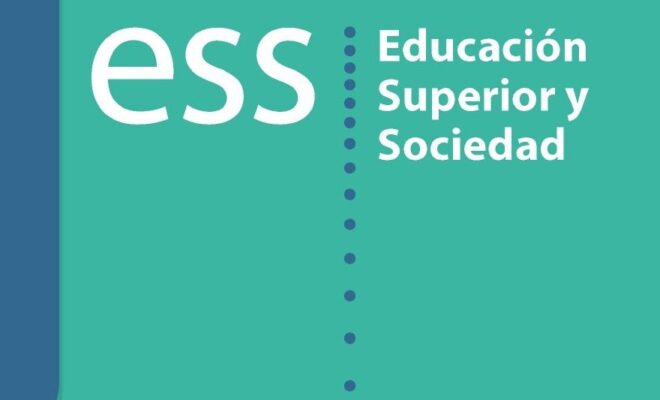Future labour shortages in higher education: a global challenge

Worldwide, the growth in university enrollment has been remarkable in recent decades, leading to an increase in demand for faculty and support staff because, as is well known, higher education is a personnel-intensive activity. In some countries, it is a sector home to millions of people. For example, in the United States, some 3.5 million people are employed in higher education institutions. Of that total, about 1.5 million are professors, about half of them full-time. That figure of 1.5 million also corresponds to the entire higher education faculty in the Latin American region as a whole. Of these, half are concentrated almost equally between Brazil and Mexico.
It is not surprising, therefore, that 60% of the budgets of U.S. higher education institutions go to pay staff salaries and benefits. In Europe, this figure rises on average to 75%. Although no statistics are available for Latin America, it is easy to imagine this is an even higher percentage of operating costs. The latest public figures put current expenditures in Argentina at around 98% of the total, in Chile at 94% and in Uruguay at 79%.
However, higher education institutions often face financial constraints that make recruiting full-time staff and offering competitive salaries difficult. This situation can result in high workloads for existing staff and fierce competition in some areas. Indeed, the shortage of highly qualified teachers in specific areas is a common concern worldwide. In many countries, there is a gap between the demand for higher education and the availability of professionals with the necessary credentials to teach in quality institutions because the corresponding sectors of professional activity pay higher salaries. In addition, the lack of incentives and opportunities for research often makes it difficult to retain talented academics.
The growing staff shortage is not limited to faculty only but also extends to support roles such as administrators and service personnel. Universities struggle to find and retain qualified employees in areas such as administrative management, library services and student services. In addition to challenges related to academic staffing, universities in the Global South also face infrastructure issues and limited resources, which can affect the quality of teaching and research. These challenges are even more pronounced in institutions located in rural or marginalized areas.
As the student population continues to grow and the generation of experienced faculty approaches retirement, the shortage of academic and support staff in higher education will worsen. The labour market for academic work may be masking broader staffing challenges in higher education. Talk to anyone who works at a university, and they will probably tell you that their department suffers from a glaring staffing shortage.
The great open secret of academic work is that academics are constantly busy regardless of their level or position. Much of their time is spent on evening and weekend work, partly due to the competitiveness of the sector and their love for their work. However, the main reason professionals in higher education work such long hours is that they take on multiple roles. Work in this field is not limited to official hours; it continues even when a colleague retires or moves to another institution or sector.
This phenomenon is mainly due to the financial precariousness affecting most higher education institutions. Unfavorable demographic trends and declining public funding aggravate this. Colleges and universities are reluctant to hire full-time staff. However, whether with or without sufficient academic and administrative staff, the university’s work is imperative. The previous means that all are in a constant state of overflow.
Staff shortages in higher education are likely to intensify in the coming years. In the future, this problem will be mainly due to the rapid ageing of the workforce in the post-secondary sector. Over the next decade, many university and college employees will retire, taking years of knowledge and experience with them. Currently, in the United States, three out of every ten people employed as teachers in higher education are 55 years of age or older. In Brazil, Chile and Colombia, it is two out of ten. In Spain, the situation is even worse since the average age of the teaching profession is 55.8 years, and in the particular case of university professors, it rises to 59 years. Half of the permanent professors currently working in Spanish universities will have retired in ten years.
Because universities are reluctant to hire new staff for financial reasons, very little is being done to train the next generation of workers in higher education. The question that arises is how they can attract and retain top talent in a resource-constrained environment.
To address this issue, it is essential that institutions develop effective recruitment and retention strategies, which may include implementing professional development programs, improving working conditions, and promoting research and innovation. In addition, governments and funding organizations must recognize the importance of investing in higher education as an integral part of sustainable development in the region.
Labour shortages in higher education are a global challenge. Academic leaders must proactively address these problems to ensure the quality and sustainability of higher education institutions in the future. Your institution may not yet be experiencing the problem, but perhaps World Teachers’ Day is a good opportunity to ask yourself if you shouldn’t already be working today to address it.
Author:
Francesc Pedró
Director UNESCO IESALC
RELATED ITEMS








